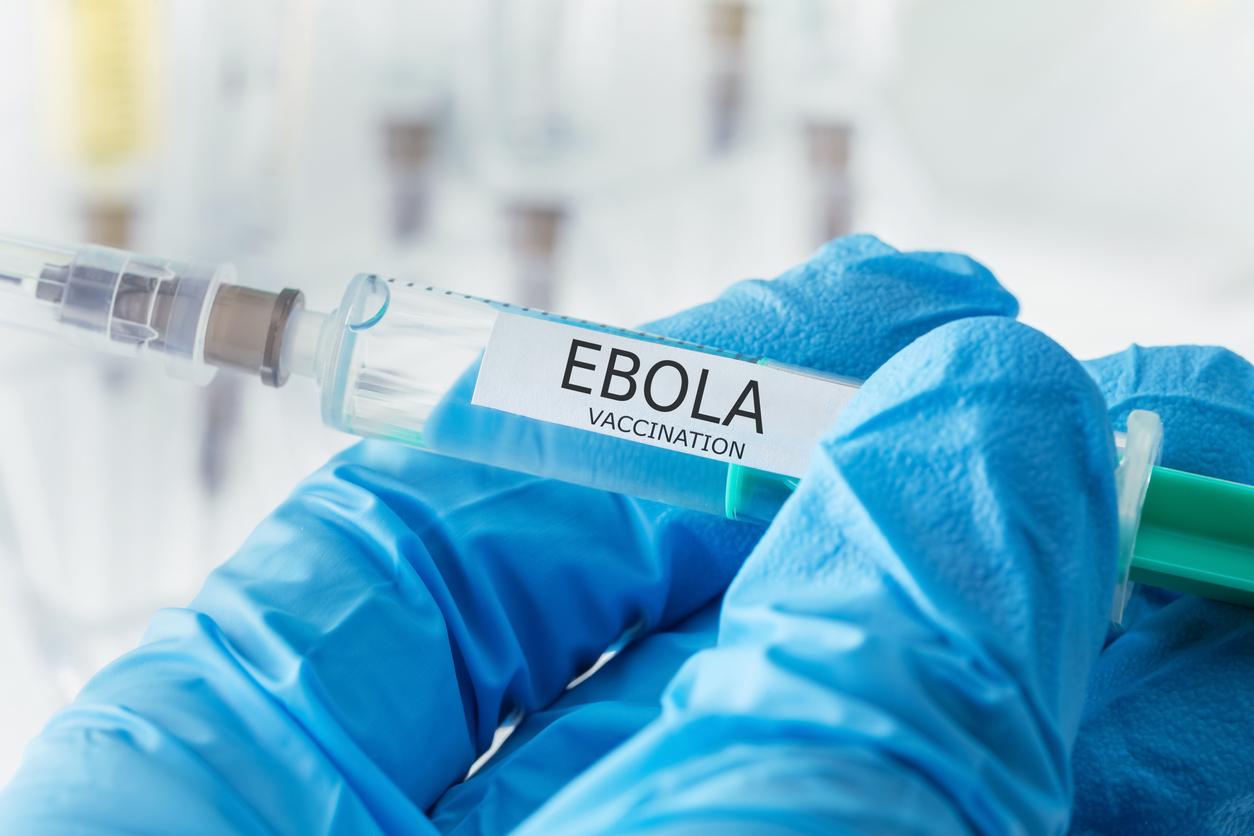The Ebola virus continues its grim progression. In 3 days, hemorrhagic fever reached 122 people, almost half of whom died according to the World Health Organization.

The toll continues to grow in West Africa. In 3 days (July 24-27), the Ebola virus still reached 122 people, of which 57 succumbed to the disease. And words abound to describe this epidemic which affects Guinea, Sierra Leone and Liberia: what represents an “exceptional challenge” for the Sierra Leonean president is an epidemic “out of control” in the eyes of Doctors. Without Borders (MSF).
Over 1,300 infections
The situation remains “precarious” recognizes the World Health Organization (WHO) in its last point. It now has 1,323 cases of infections, of which 729 have been fatal. In question: a transmission still strong within the communities most affected, coupled with infections within the structures of care. Latest event: the death of Dr Sheik Umar Khan, a virus specialist in Sierra Leone. But this week, Liberia is at the heart of the epidemic. The country concentrates two thirds of new cases.
A virus that circulates
The alert is not about to be lifted. Far from being confined to Guinea, Sierra Leone and Liberia, Ebola continues to circulate in West Africa. To contain the epidemic, Sierra Leonean President Ernest Bai Koroma declared a state of emergency and announced the use of the country’s security forces. Liberia has adopted more drastic measures: most borders have been closed, as have schools. Several public meetings, including football matches, have been canceled, and communities most affected by Ebola could even be placed in quarantine. Since the alert in Lagos (Nigeria), where a man presented to hospital with a hemorrhagic fever, the authorities have been marking the body temperature of travelers.
But the sick continue to circulate. As proof: the patient who died in Lagos first passed through Lomé, Togo, and Accra, Ghana. Three suspected cases were also reported in Valencia (Spain) as well as Birmingham (UK) and London.
.










